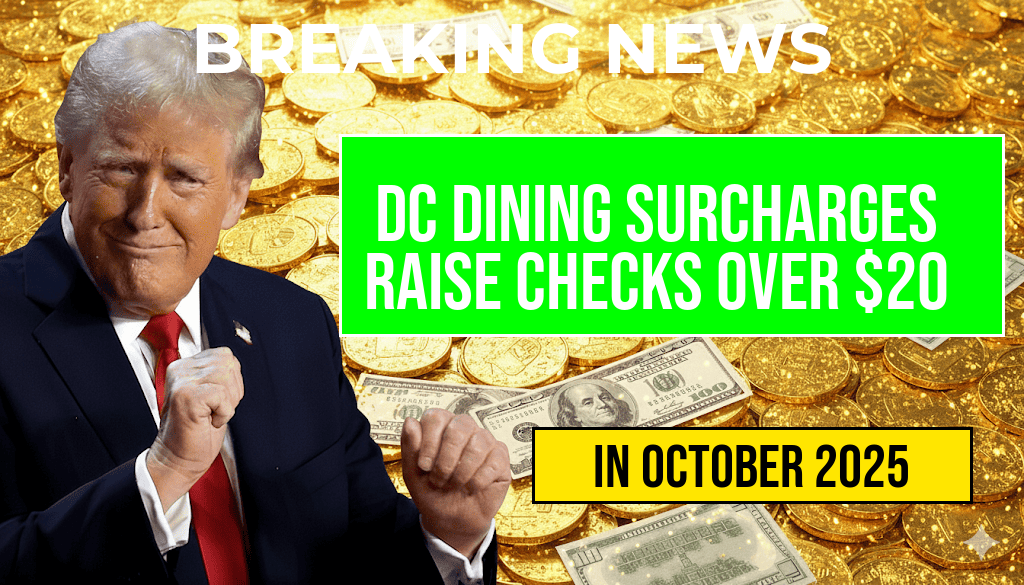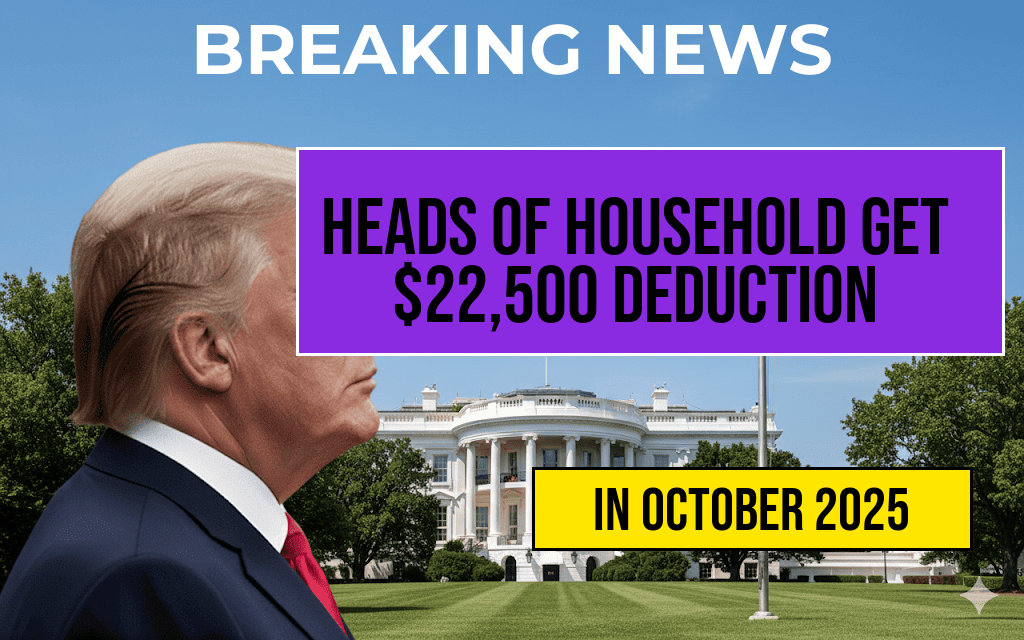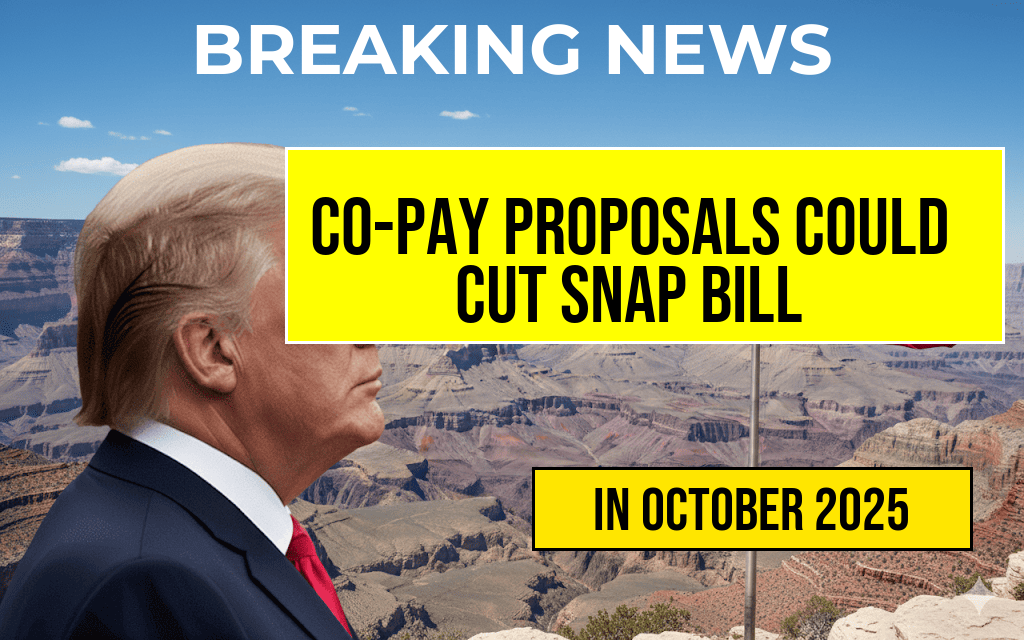Recent changes in wage regulations in Washington, D.C. have led to an increase in dining surcharges, causing average restaurant checks to rise by over $20. This adjustment comes in response to local mandates aimed at boosting the minimum wage for restaurant workers, which has prompted establishments to implement these additional fees as a way to offset increased labor costs. The surcharges, which can vary by establishment, are intended to ensure that restaurants remain financially viable while adhering to the new compensation standards. As diners adjust to this new normal, many are grappling with the implications of these surcharges on their dining experiences.
Understanding the Wage Regulation Impact
The District of Columbia has seen a progressive approach to labor laws, particularly regarding the minimum wage for workers in the service industry. As of July 2023, the minimum wage for tipped workers has increased, creating a ripple effect throughout the restaurant sector. The new wage regulations require restaurants to cover the gap between tips and the standard minimum wage, forcing many to rethink their pricing strategies.
Details of the New Wage Regulations
- Minimum Wage Increase: The minimum wage for non-tipped workers rose to $17 per hour.
- Tipped Worker Minimum Wage: The minimum wage for tipped employees is now set at $5.35 per hour, but employers must ensure that tips combined with this wage equal the standard minimum wage.
- Timeline for Implementation: The new regulations were phased in over several months, with full compliance expected by the end of 2023.
How Surcharges Affect Diners
As restaurants adjust their pricing, many have opted to introduce surcharges that are added to customer bills. This practice, while aimed at covering increased labor costs, has raised concerns among diners about transparency and fairness in pricing.
Consumer Reactions
Many patrons have expressed mixed feelings about the surcharges. Some diners are understanding of the need for restaurants to adapt to rising costs, while others feel blindsided by unexpected fees. Here are some common sentiments:
- Support for Workers: Many customers sympathize with the challenges faced by restaurant employees and recognize the importance of fair wages.
- Transparency Concerns: Some diners are frustrated by a lack of clear communication regarding surcharges, leading to confusion at the checkout.
- Impact on Dining Choices: Higher checks may alter dining habits, prompting some to opt for cheaper alternatives or limit dining out altogether.
Industry Response to Surcharges
Restaurant owners are navigating a challenging landscape as they balance customer expectations with the realities of operating costs. Many establishments are taking steps to communicate the reasons behind surcharges clearly.
Best Practices for Transparency
- Menu Clarity: Some restaurants are updating their menus to include a note explaining the surcharge directly on the bill.
- Staff Training: Employees are being trained to explain the changes to customers, emphasizing the benefits of fair wages for service staff.
- Community Engagement: Many establishments are actively engaging with their communities to foster understanding and support for the changes.
Future Implications for the Restaurant Industry
The introduction of surcharges may have lasting effects on the dining landscape in Washington, D.C. As the city continues to implement progressive labor policies, other regions may look to D.C. as a model for their own wage regulations. However, restaurant owners and consumers alike will need to adapt to this evolving environment.
Potential Trends
Experts predict several trends may emerge in the wake of these changes:
- Increased Adoption of Technology: Restaurants may increasingly turn to technology to streamline operations and reduce labor costs.
- Menu Innovation: Chefs may respond by creating new dining experiences that justify higher price points.
- Greater Emphasis on Local Ingredients: Sourcing locally may become more prominent as restaurants seek to differentiate themselves.
Conclusion
As dining surcharges become a fixture in the D.C. restaurant scene, both consumers and business owners will need to adapt to this evolving landscape. While the goal of fair wages is commendable, the impact on consumer behavior and restaurant profitability remains to be seen.
For more information on minimum wage laws and their implications, visit Wikipedia’s Minimum Wage Law page or read about the effects of wage increases on the restaurant industry at Forbes.
Frequently Asked Questions
What are dining surcharges in DC?
Dining surcharges in DC are additional fees added to restaurant bills, aimed at addressing the impact of wage regulations on restaurant pricing structures. These surcharges help restaurants manage increased labor costs while attempting to maintain service quality.
How much have dining surcharges increased checks by?
According to recent reports, dining surcharges in DC have led to an increase in customer checks by over $20, significantly affecting the overall dining experience and costs for patrons.
Why are wage regulations influencing dining surcharges?
Wage regulations in the District of Columbia require higher minimum wages for workers, particularly in the service industry. This has prompted restaurants to implement dining surcharges to offset the higher labor costs associated with complying with these regulations.
Are dining surcharges a common practice in other cities?
While dining surcharges have become more prominent in DC due to specific local regulations, similar practices can be observed in other cities facing wage regulations. However, the extent and acceptance of these surcharges can vary widely based on local laws and consumer preferences.
How can customers respond to dining surcharges?
Customers can respond to dining surcharges by being informed about the reasons behind them and adjusting their dining budget accordingly. Additionally, patrons might choose to support restaurants that are transparent about their pricing structures and how they align with wage regulations.






